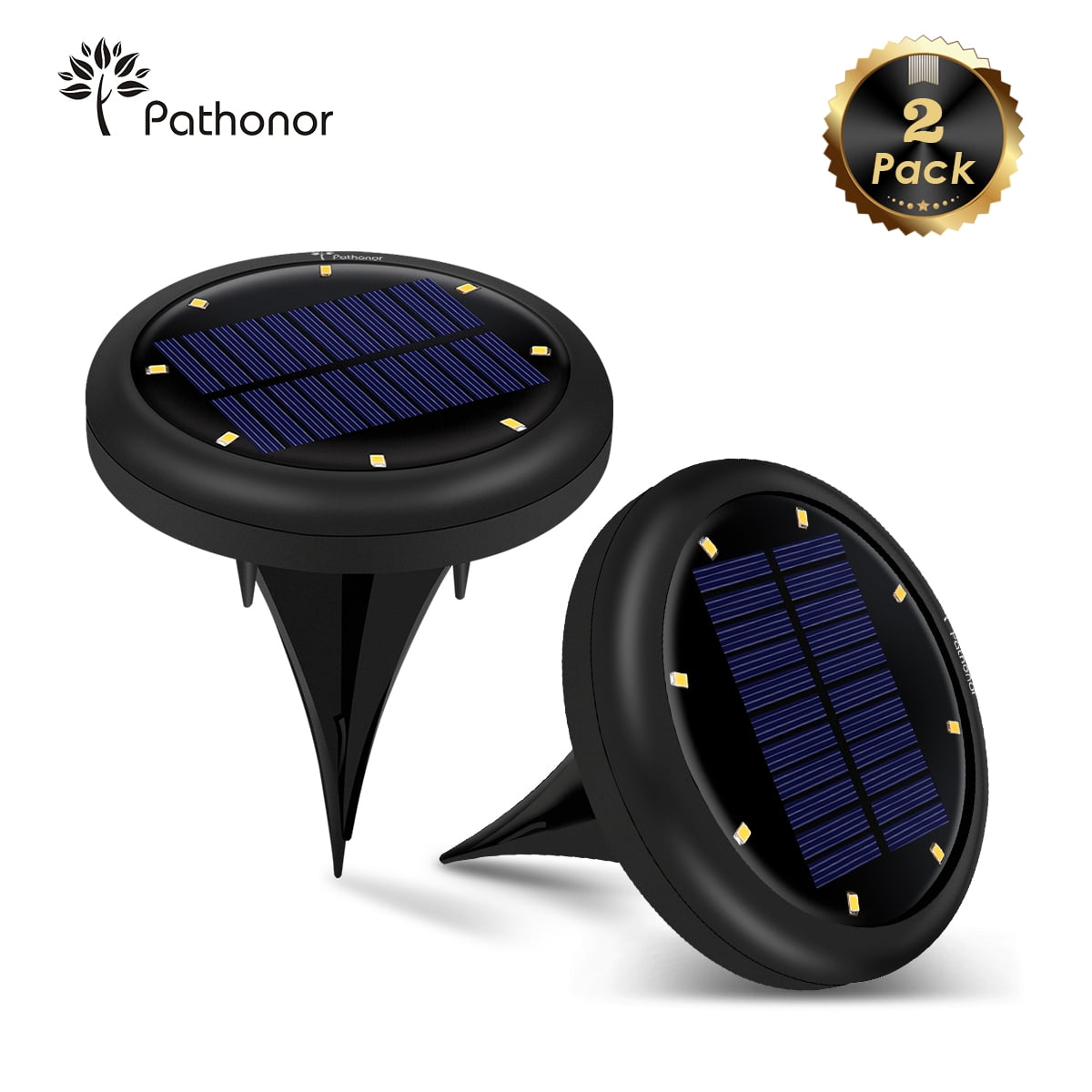

Example target: detecting light from a gravitational-wave source known as a kilonova.Ĩ. In addition to the microshutter array, NIRSpec also has a few fixed slits that provide the ultimate sensitivity for spectroscopy on individual targets. Example target: the Extended Groth Strip deep field.ħ. Opening a shutter where there is an interesting object and closing the shutters where there is not allows scientists to get clean spectra of up to 100 sources at once. NIRSpec has a microshutter device with a quarter of a million tiny controllable shutters. Although slitless spectroscopy gets spectra of all the objects in the field of view, it also allows the spectra of multiple objects to overlap each other, and the background light reduces the sensitivity. Near-Infrared Spectrograph (NIRSpec) multi-object spectroscopy. Example target: lava rain on the super-Earth-size exoplanet 55 Cancri e.Ħ. Scientists can also study light that is reflected or emitted from an exoplanet, when an exoplanet passes behind its host star. When an exoplanet crosses the disk of its host star, light from the star can pass through the atmosphere of the planet, allowing scientists to determine the constituents of the atmosphere with this spectroscopic technique.

Example target: a pulsing neutron star called a magnetar.ĥ.
SOLAR DISK LED LIGHTS SERIES
Time series observations read out the instruments’ detectors rapidly to watch for those changes. Most astronomical objects change on timescales that are large compared to human lifetimes, but some things change fast enough for us to see them. NIRCam time series observations – imaging. Example target: the gas giant exoplanet HIP 65426 b.Ĥ. Coronagraphy uses a black disk in the instrument to block out the starlight in order to detect the light from its planets. When a star has exoplanets or dust disks in orbit around it, the brightness from a star usually will outshine the light that is reflected or emitted by the much fainter objects around it. Slitless spectroscopy in NIRCam was originally an engineering mode for use in aligning the telescope, but scientists realized that it could be used for science as well. Slitless spectroscopy spreads out the light in the whole instrument field of view so we see the colors of every object visible in the field. Spectroscopy separates the detected light into individual colors. An example target in a Webb cycle 1 program using this mode: the Hubble Ultra-Deep Field.Ģ. This mode will be used for almost all aspects of Webb science, from deep fields to galaxies, star-forming regions to planets in our own solar system.

Near-infrared imaging will take pictures in part of the visible to near-infrared light, 0.6 to 5.0 micrometers wavelength. The detailed list of peer-reviewed observations planned for the first year of science with Webb ranges from our solar system to the most distant galaxies.ġ. These are just examples each mode will be used for many targets, and most of Webb’s science targets will be observed with more than one instrument and/or mode. Some of the modes won’t be verified until the very end of commissioning.įor each mode we have also selected a representative example science target that will be observed in the first year of Webb science. Each mode has a set of observations and analysis that need to be verified, and it is important to note that the team does not plan to complete them in the order listed below. In this post we’ll describe the 17 modes, and readers are encouraged to follow along as the Webb team checks them off one by one on the Where is Webb tracker. Once we have approved all 17 of these modes, NASA’s James Webb Space Telescope will be ready to begin scientific operations! There are 17 different instrument “modes” to check out on our way to getting ready for the start of science this summer. With the telescope optics and instruments aligned, the Webb team is now commissioning the observatory’s four powerful science instruments.


 0 kommentar(er)
0 kommentar(er)
